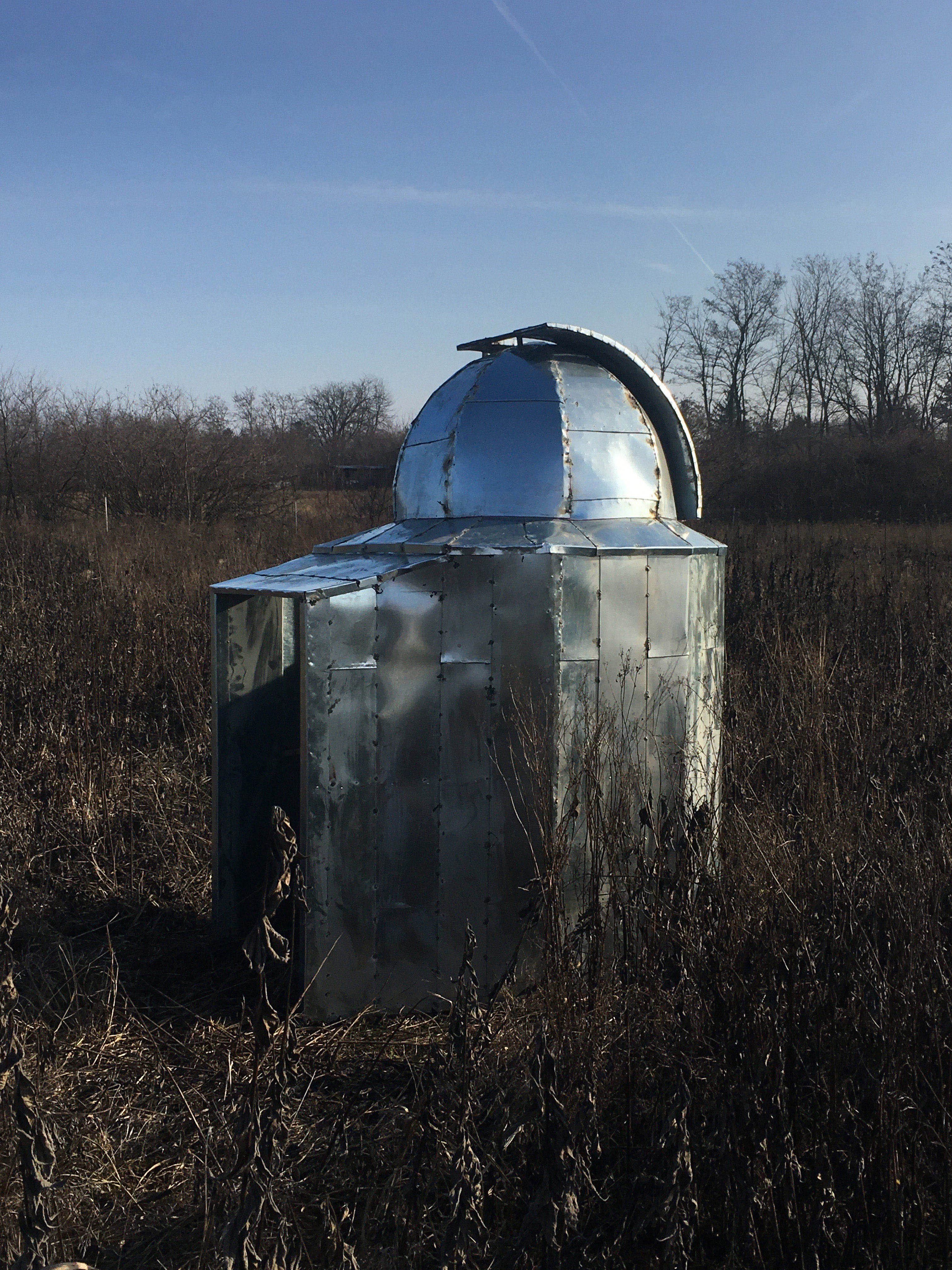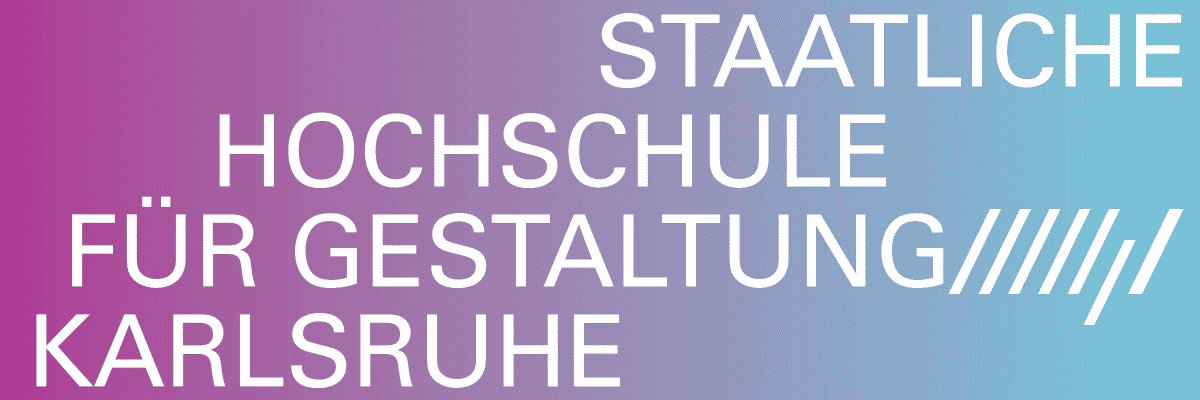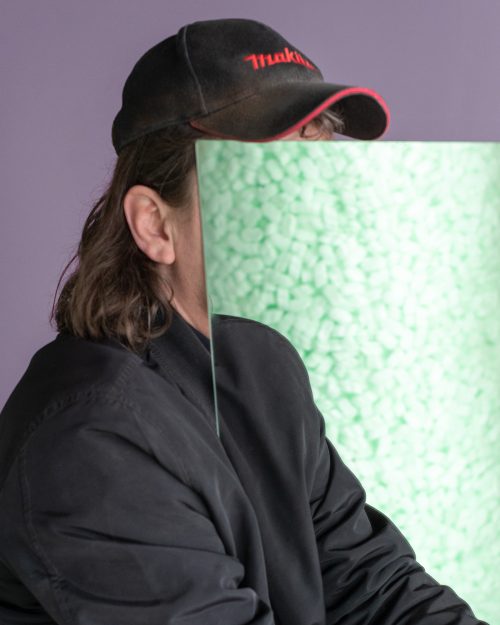
Kristin Wenzel
Kristin Wenzel 'MIRA'
Project Info
- 💙 Experimental Station for Research on Art and Life
- 💚 Raluca Voinea and Vlad Basalici
- 🖤 Kristin Wenzel
- 💜 Kristin Wenzel and tranzit.ro/București
- 💛 Mihaela Vezentan
Share on
Kristin Wenzel, Mira (2022), Installation at the Experimental Station for Research on Art and Life, in the village Siliștea Snagovului, Romania
Advertisement
Kristin Wenzel, Mira (2022), Installation at the Experimental Station for Research on Art and Life, in the village Siliștea Snagovului, Romania
Kristin Wenzel, Mira (2022), Installation at the Experimental Station for Research on Art and Life, in the village Siliștea Snagovului, Romania

Kristin Wenzel, Mira (2022), Installation at the Experimental Station for Research on Art and Life, in the village Siliștea Snagovului, Romania

Kristin Wenzel, Mira (2022), Installation at the Experimental Station for Research on Art and Life, in the village Siliștea Snagovului, Romania

Kristin Wenzel, Mira (2022), Installation at the Experimental Station for Research on Art and Life, in the village Siliștea Snagovului, Romania

Kristin Wenzel, Mira (2022), Installation at the Experimental Station for Research on Art and Life, in the village Siliștea Snagovului, Romania

Experimental Station for Research on Art and Life, in the village Siliștea Snagovului, Romania

Experimental Station for Research on Art and Life, in the village Siliștea Snagovului, Romania

Experimental Station for Research on Art and Life, in the village Siliștea Snagovului, Romania
Kristin Wenzel
Mira
An installation at the Experimental Station for Research on Art and Life,
in the village Siliștea Snagovului
, Romania
Coordinates: https://goo.gl/maps/JQMtN2spqm3iiXMHA
Mira, a site-specific installation at the Experimental Station for Research on Art and Life, connects different times and places through a visual reinterpretation of an architectural structure, that just seems to have landed in open field in the village of Siliștea Snagovului, Romania. The appearance of this micro-architecture offers the viewer ambiguous possibilities of interpretation. It oscillates between a kiosk, a church, a spaceship, a dog house or a construction from which one can observe the stars.
Mira, which gives the title of the exhibition, is the name of the first known periodic variable star, discovered by David Fabricius in 1596. It was named Mira, “The Wonderful”, in 1642, by Jan Heweliusz. Variable stars are characterized by a slow change of light intensity, in a rhythm of 330 days. When it is bright, you can even see it with the eye, when it is faint, not even binoculars are enough to see it. Mira is a binary system of a red giant and a white dwarf. It pulsates approximately every 11 month. As it goes through different stages of fusion, it expands and contracts in size and luminosity. It varies from about magnitude 2 to 3 (one of the brightest in the sky) down to about magnitude 10.0. That’s the largest variation in stellar brightness aside from a novae or supernovae, stars which exhibit variability because of immense explosions on their surfaces or in their cores.
[…] New ultraviolet images from NASA's Galaxy Evolution Explorer shows a speeding star that is leaving an enormous trail of "seeds" for new solar systems. The star, named Mira (pronounced my-rah) after the latin word for "wonderful," is shedding material that will be recycled into new stars, planets and possibly even life as it hurls through our galaxy. […]
The Galaxy Evolution Explorer discovered the strange tail during part of its routine survey of the entire sky at ultraviolet wavelengths. When astronomers first saw the picture, they were shocked because Mira has been studied for over 400 years yet nothing like this has ever been documented before.
Mira's comet-like tail stretches a startling 13 light-years across the sky. For comparison, the nearest star to our sun, Proxima Centauri, is only about 4 light-years away. Mira's tail also tells a tale of its history - the material making it up has been slowly blown off over time, with the oldest material at the end of the tail being released about 30,000 years ago.
Mira is a highly evolved, "red giant" star near the end of its life. Technically, it is called an asymptotic giant branch star. It is red in color and bloated; for example, if a red giant were to replace our sun, it would engulf everything out to the orbit of Mars. Our sun will mature into a red giant in about 5 billion years. Like other red giants, Mira will lose a large fraction of its mass in the form of gas and dust. In fact, Mira ejects the equivalent of the Earth's mass every 10 years. It has released enough material over the past 30,000 years to seed at least 3,000 Earth-sized planets or 9 Jupiter-sized ones. […]
Mira, also known as Mira A, is not alone in its travels through space. It has a distant companion star called Mira B that is thought to be the burnt-out, dead core of a star, called a white dwarf. Mira A and B circle around each other slowly, making one orbit about every 500 years. […] * Mira Soars Through the Sky, NASA, 2007
Stars light up the sky when its dark and helped people to orient themselves on earth from the very beginning. Since ancient times, the stars have been associated with eternity, hope and destiny. No wonder people would look at the stars fearing the end of the world.
In 2012, Vlad Basalici collected newspapers printed on the 21st of December of that year, the last day before what should have been the Apocalypse presumably announced by the Maya civilization, with this event and the news published about it constituting the basis of The Last Archive.
In the framework of the The Last Archive, Kristin Wenzel draws a line between the Experimental Station for Research on Art and Life and an astronomical observatory in the remote city of Sonneberg, in Thuringia (East Germany). The Sonneberg Observatory, founded in 1925 by Cuno Hoffmeister, was formerly an institute of the Academy of Science in the German Democratic Republic and famous for their research about variable stars. With the reunification in 1990, however, the Sonneberg observatory was to be closed. In 1992, an association was founded to preserve the observatory to this date.
Mira, recalls one of the smallest buildings belonging to the ensemble of the Sonneberg Observatory. It is created from the artist's memory and represents an abstract idea of an object rather than a realistic replica. Constructed as an empty shell, Mira leaves open many patterns of interpretation and possible uses and deliberately plays with future transformation processes.
"The Last Archive" is an artistic project initiated by artist Vlad Basalici and enacted together with curator Raluca Voinea as part of the programme of tranzit.ro/București. Starting with 2013, a series of artists were invited to propose an exhibition reflecting on the material of this Archive. Péter Szabó, Monotremu, Giles Eldridge, Vilmos Koter, Kiki Mihuță, Maria Baroncea and Anca Bucur are the artists who enlarged the concept of "The Last Archive", through the realisation of a project-exhibition, inaugurated each year on the 21st of December, in the space where tranzit.ro/București activated between 2012-2019. "The Last Archive" project from 2020, "2012 Alphabet Book", took place in the virtual space. In 2021, Adrian Ganea realised the first intervention at the Experimental Station and it is here that the project continues now, through Kristin Wenzel’s work.
Kristin Wenzel, born in 1983 in Gotha, East Germany, lives and works in Bucharest and Gotha. Her multidisciplinary practice involves large-scale installations, sculptures and interventions in public space, often created as site-specific and site-sensitive social environments. Drawn to micro-architecture such as public squares, kiosks, vitrines and fountains, the visual scanning and mapping of places and buildings is an ongoing process undertaken by the artist. She tackles the implications of public architecture as both ‘memory foam’ – inscribed with its particular history – and open structure – allowing it to be strayed from its original design. The notion of transformation, be it conceptual or material, permeates her entire practice and connects the past and present through processes of collecting and reinterpreting. Her projects embed the production of temporary spaces and identities through playful environments that people are invited to inhabit.
Kristin Wenzel and tranzit.ro/București




